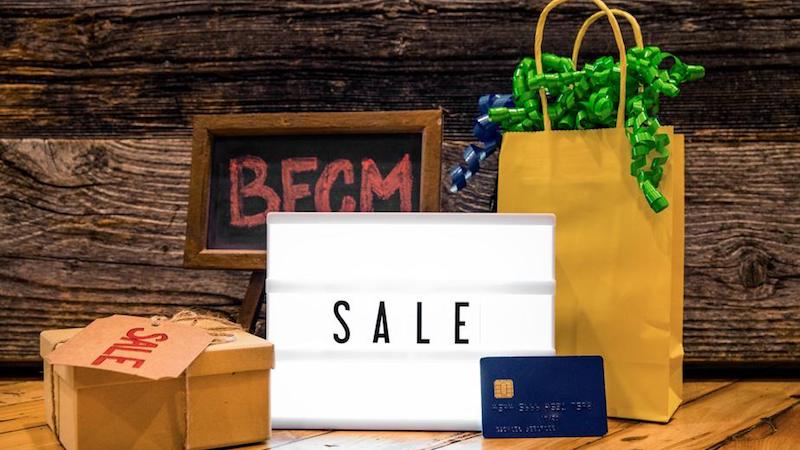Creating Offers That Generate Leads
Episode #3 of the course Drive sales with inbound lead generation by Roy Harmon
The most important part of your funnel is the offer. This is the cheese at the end of the maze. It needs to be something that your target market will find valuable at whatever stage of the buyer’s journey they’re in.
It needs to be relevant to your product or service; otherwise, you’ll bring all sorts of leads who will never actually buy your product. For instance, who wouldn’t want a $50 Visa gift card? If you offer something like that, you’re just throwing away money.
Be intentional about your offers. What information, tools, or resources can you provide your prospects at each stage of the buyer’s journey?
What to Offer
You’ll need offers for every stage of the buyer’s journey. These offers should provide an immediate benefit to your prospects.
Here are a few suggestions about what to offer at each stage of the buyer’s journey:
• Awareness stage. For prospects in the Awareness stage, offer a checklist, tutorial, or a webinar (not about your product). These offers should have a broader appeal than offers further down the funnel.
• Consideration stage. For prospects in the Consideration stage, offer a white paper on different solutions to the problem you solve.
• Decision stage. For prospects in the Decision stage, offer a free consultation or a demo. At this stage, they’re looking for a solution in your category, and you need to provide an offer that will help close the deal.
You need to think about what sort of content would help your prospects at each stage of their buyer’s journey.
Let’s go back to our umbrella example from Lesson 1. If you sell umbrellas, you would ask yourself: (A) What can I offer to people who are just realizing they have a problem with getting rained on all the time? (B) What can I offer to people who are looking at different solutions for dealing with rain? (C) What can I offer to people who are trying to choose the best umbrella for their needs?
Always look at it through the eyes of your customers. What would be valuable to them?
The answer to question A might be a map that shows different buildings people can cut through to stay dry when it rains. Question B might lead you to create a guide talking about the pros and cons of umbrellas, ponchos, and raincoats. For question C, you could create a comparison chart that shows the benefits of your umbrellas versus the competition.
The Four Components of Good Offers
There are four important components of a good offer. These aren’t the only things you need to consider, but they’re the foundation of every effective offer.
• Target
Who’s the offer for? (People who get rained on, for example.)
What stage of the buyer’s journey are they in?
• Topic
What will be valuable to that particular person at this particular stage of the buyer’s journey? If they’re in the Awareness stage, the topic can be fairly broad (e.g., “What to Do When You Get Wet on the Way to Work”). If they’re in the Consideration stage, you should focus on different types of solutions to their problem (e.g., “Top Ten Ways to Stay Dry When You Bike to Work”). If they’re in the Decision stage, you should focus on your solution to their problem (e.g., a “buy one, get one free” deal on one of your umbrellas).
• Format
What format will work best for your chosen topic? (We covered examples of formats for each stage of the buyer’s journey earlier in this lesson (i.e., a map, guide, and comparison chart), and we’ll go into greater detail in Lesson 5.)
• Call-to-Action
Every offer should include a next step. Whether it’s a link to schedule a demo or a salesperson setting up a follow-up appointment, always include a way for the prospect to move further down your funnel.
So, now you’ve created a great piece of content. How do you get your prospect to hand over their contact information and download it? We’ll start to cover that next time.
Recommended book
Predictable Revenue: Turn Your Business Into a Sales Machine with the $100 Million Best Practices of Salesforce.com by Aaron Ross, Marylou Tyler
Share with friends

